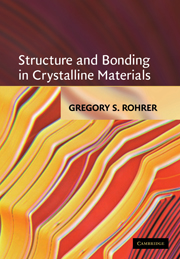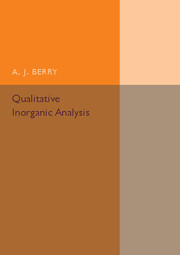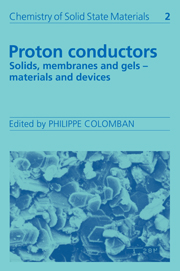Structure and Bonding in Crystalline Materials
One of the motivating questions in materials research today is, how can elements be combined to produce a solid with specified properties? This book is intended to acquaint the reader with established principles of crystallography and cohesive forces that are needed to address the fundamental relationship between the composition, structure and bonding. Starting with an introduction to periodic trends, the book discusses crystal structures and the various primary and secondary bonding types, and finishes by describing a number of models for predicting phase stability and structure. Containing a large number of worked examples, exercises, and detailed descriptions of numerous crystal structures, this book is primarily intended as an advanced undergraduate or graduate level textbook for students of materials science. It will also be useful to scientists and engineers who work with solid materials.
- Over 160 exercises and worked examples
- Specific examples are used to demonstrate key ideas
Reviews & endorsements
'… a remarkably pointed example of how times have changed. The real strengths of the book are its depth of coverage, bridging advanced undergraduate and postgraduate work, and its material-based approach.' Joan Halfpenny, Chemistry of Britain
'… an approach to the subject of structure and bonding in crystalline solids … can be recommended for everyone concerned with crystalline solids in the broadest sense, as a useful compendium and handbook of long-lasting value.' Peter Kroll, Angewandte Chemie
Product details
July 2001Paperback
9780521663793
552 pages
248 × 176 × 28 mm
1.157kg
239 b/w illus. 175 tables 161 exercises
Available
Table of Contents
- 1. Introduction
- 2. Basic structural concepts
- 3. Symmetry in crystal structures
- 4. Crystal structures
- 5. Diffraction
- 6. Secondary bonding
- 7. Ionic bonding
- 8. Metallic bonding
- 9. Covalent bonding
- 10. Models for predicting phase stability and structure
- Appendices.





